Human Biology Cells (2.1 & 2.2)
1/20
Name | Mastery | Learn | Test | Matching | Spaced |
|---|
No study sessions yet.
21 Terms
Cells…
are made of many components
Cytoplasm
thick fluid between cells & nucleus
it consists of organelles
Protoplasm
the nucleus & cytoplasm together
Cytosol
liquid part of the cytoplasm
made of a mixture of substances that dissolve in water; salt, carbon, oxygen, sugar
Cell Membrane
surronds the cell and seperates the cell contents from the external environment
controls what enter and leave the cell
Nucleus
controls all activity of a cell
contains DNA & RNA
Chromatin
when the cell isn’t dividing DNA is in long strands
Chromosomes
when the cell is dividing DNA chromatin thickens and coils to form chromosomes
Nucleolus
in the nucleolus
composed of RNA which has a role in protein synthesis
Nuclear Membrane
separates nucleus from cytoplasm
double membrane - separated by two walls with a space
there are gaps in the nuclear membrane called nuclear pores
Ribosomes
small, spherical organelles
where amino acids are joined together in a sequence determined by the DNA code
can be free or attached to endoplasmic reticulum in cytoplasm
Endoplasmic Reticulum (ER)
surface for chemical reactions
network of channels of parallel membranes used for transporting or storing
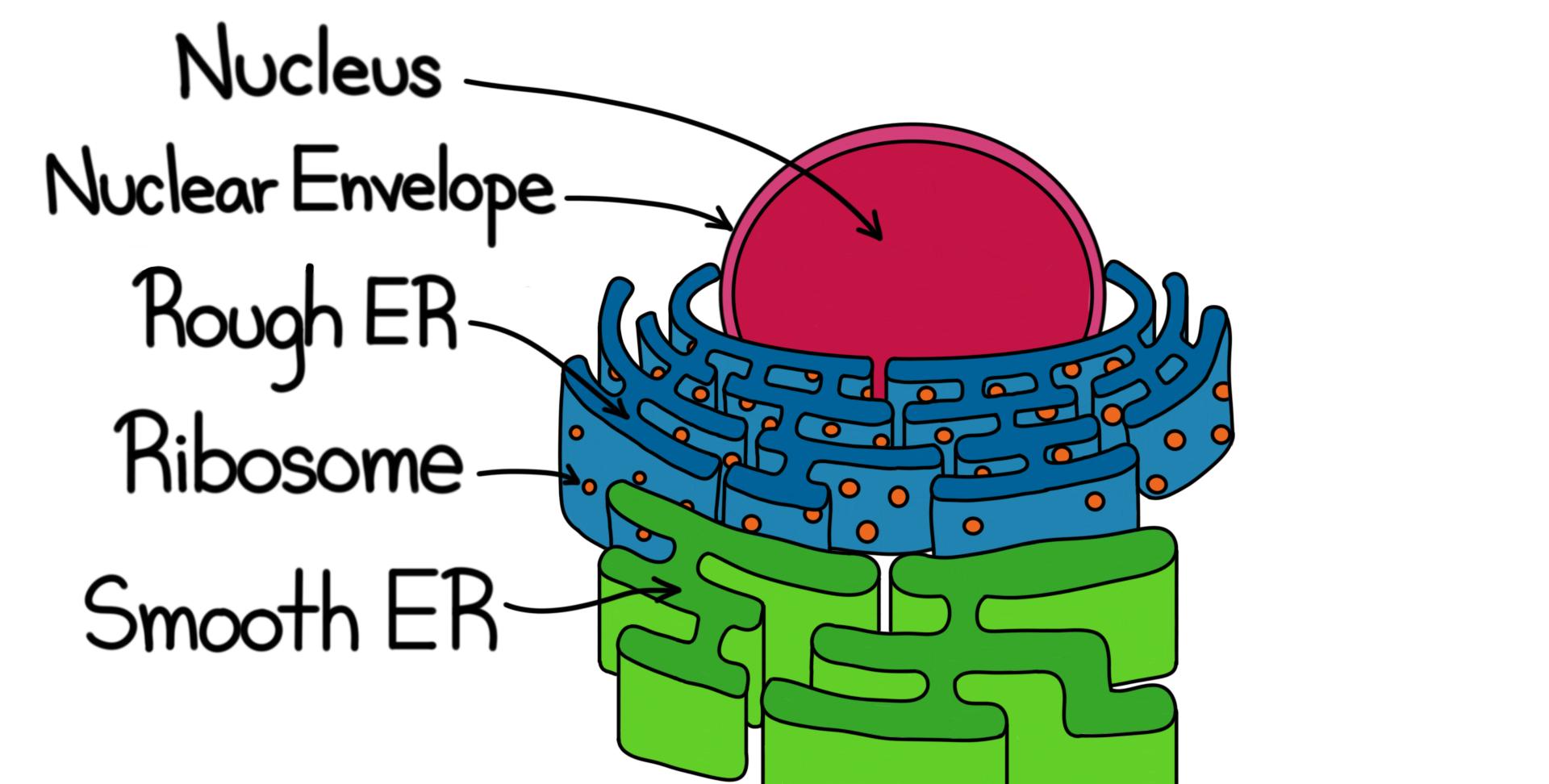
Smooth ER
without ribosomes attached
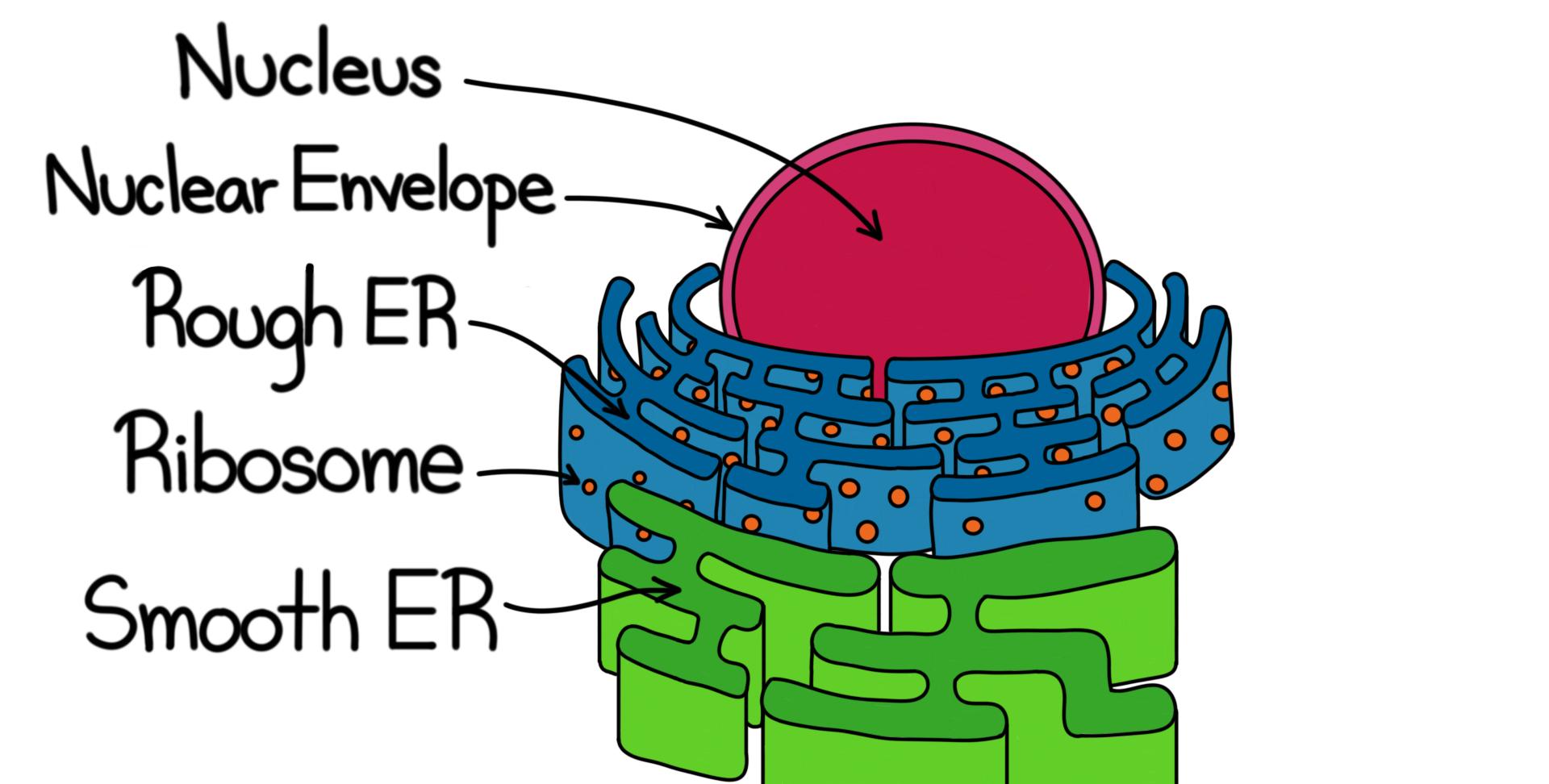
Rough ER
with ribosomes attached
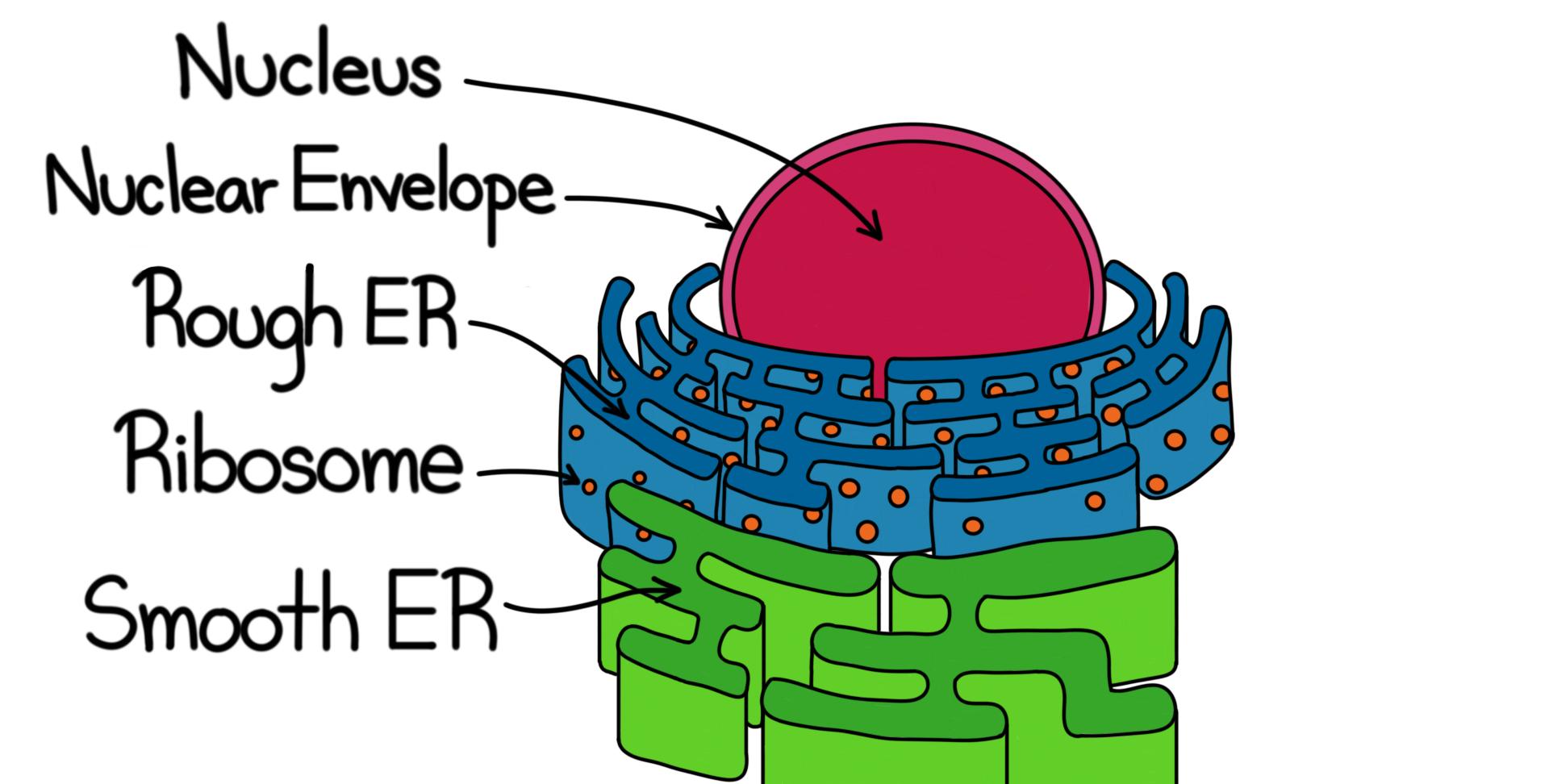
Golgi Apparatus (Golgi Body)
a series of flattened membranous bags (often) stacked near the nucleus
purpose: to modify protiens and package for secretion (post office)
at the end of the membranous bag it pinches off to form vesicles (cyst, bladder, sac with waste or useful fluids)
vesicles migrate to the cell membrane and leave through exocytosis
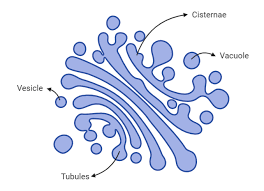
Lysosomes
small spheres formed from the Golgi Apparatus
contains digestive enzymes
lysosomes fuse w/ vesicles and breack with down w/ digestive enzymes
Mitochondria
powerhouse of the cell
cellular respiration occurs
double membrane
in cytoplasm
cellular reactions release energy - curved surface to increase reaction surface area
has its own DNA
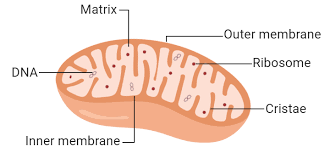
Cilia
small hairs, numerous (in trachea)
Flagella
one or two longer strands (sperm)
Inclusions
Chemical substances not part of the cell structure
Cytoskeleton
the frame work of protein fibres that give the cell its shape and assists cell movement